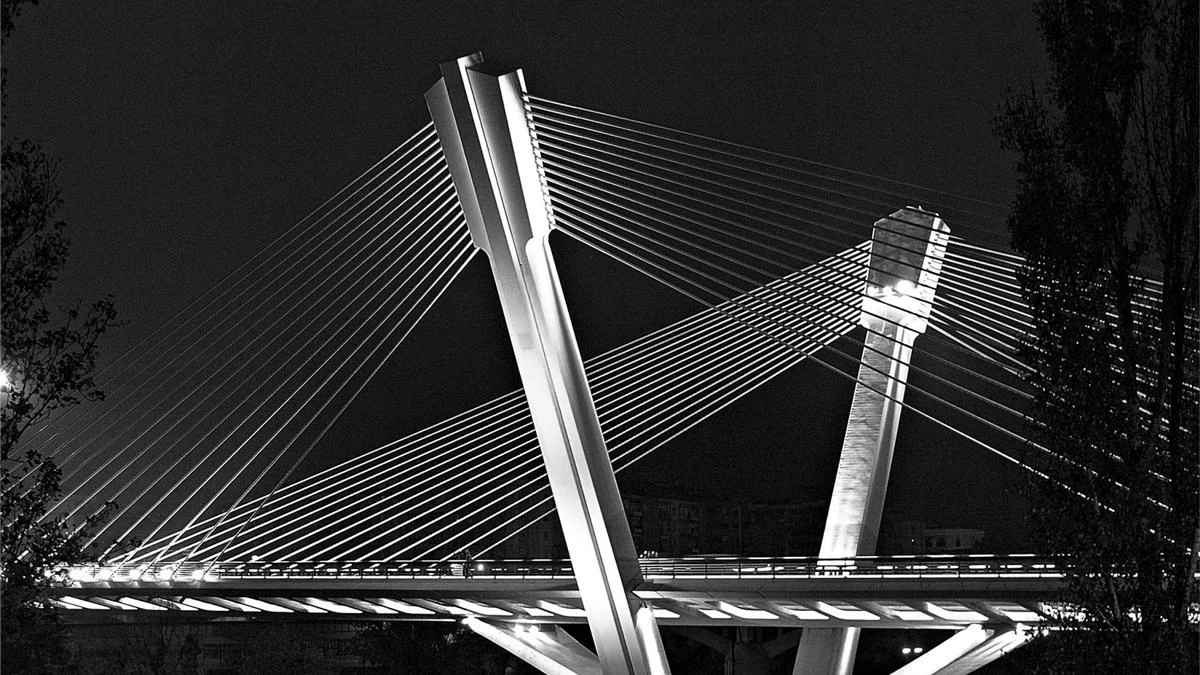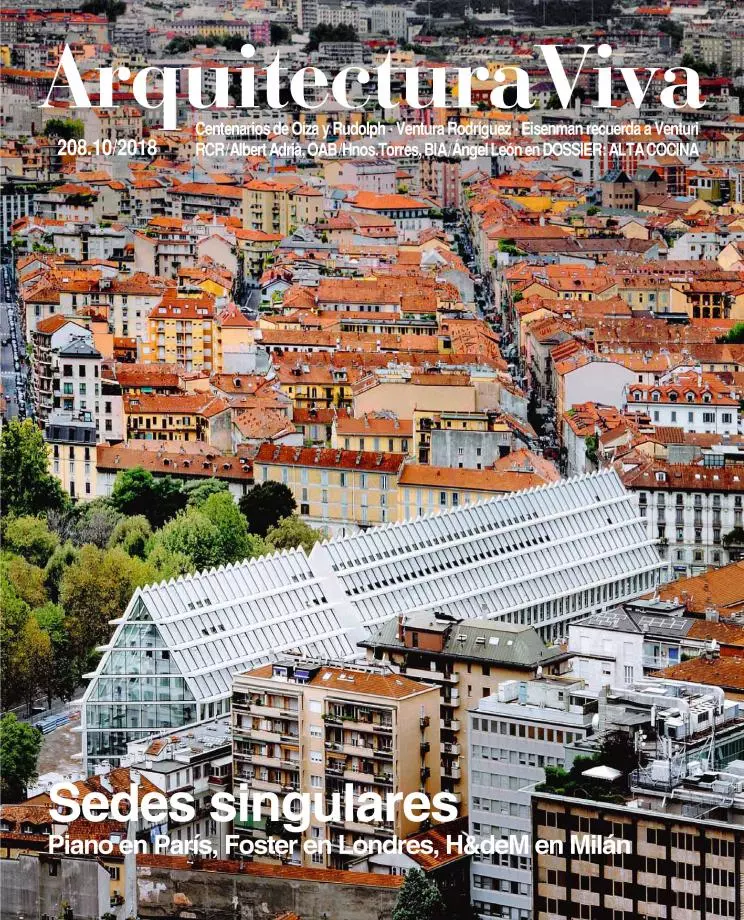
Taking a more historical approach for the old bridges and a more typological perspective for the modern ones, Manterola shows the increasing complexity of structural solutions through specific examples. The advantages of each structure and its formal consequences are presented not as abstractions, but in critical relationship with authors, places, and dates, and are illustrated in figures placed next to text.
This peculiar history avoids the circumstantial and the speculative, focusing instead on the role that each work plays in the structural evolution of bridges. The details offered in each case do not try to give a complete narrative of its design and execution, but to explain it structurally, so that we can understand how its form generates and channels its loadbearing function. This is a radical distancing from the usual history full of information about builders and periods, and from theorizing with metaphysical connotations.
The thorough, consistent approach taken here uses simple, direct, and always rigorous writing. The author’s capacity to wrap up a complex discourse in a simple statement is fascinating. After a cascade of names, places, measurements, and dates linked to suspension bridges, he concludes: whoever the pioneers were, they set into motion a formidable typology that has come to span up to 1,000 meters.
His classes, lectures, and writings on bridges are finally compiled in a book, complete with his congenial way of putting things, shrugging his shoulders, or nodding his head. Manterola at his purest.






